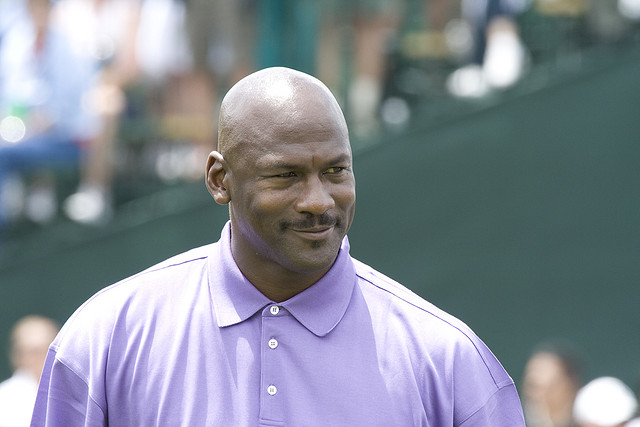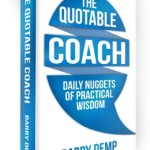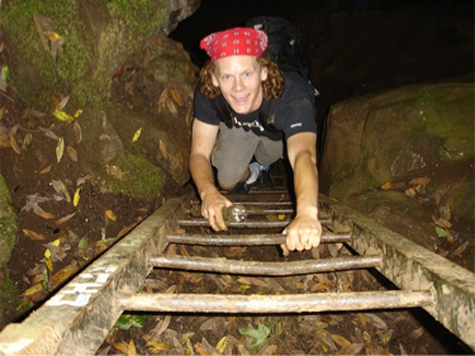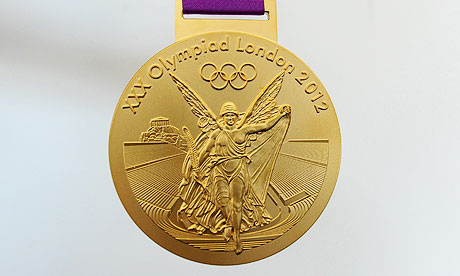“Getting over a painful experience is much like crossing monkey bars. You have to let go at some point in order to move forward.”
—C.S. Lewis, 19th century novelist, poet, and essayist

Photo from Flickr by RawheaD Rex
Over the course of my 21 years as a coach, I’ve seen just about every sorrow and success a person can experience. Peaks and valleys, stepping up and sliding down, are par for the course and no one is immune to life’s fluctuations.
I’ve also noticed that the people with the greatest sense of balance, happiness, and satisfaction are those who experience life events for whatever they are, and don’t hold on too long. They’ve learned to let go in order to move on.
EXERCISE:
Examine your own life or the lives of those close to you. Is assistance needed to let go of past painful experiences in order to move forward? Consider requesting or offering assistance where appropriate.








